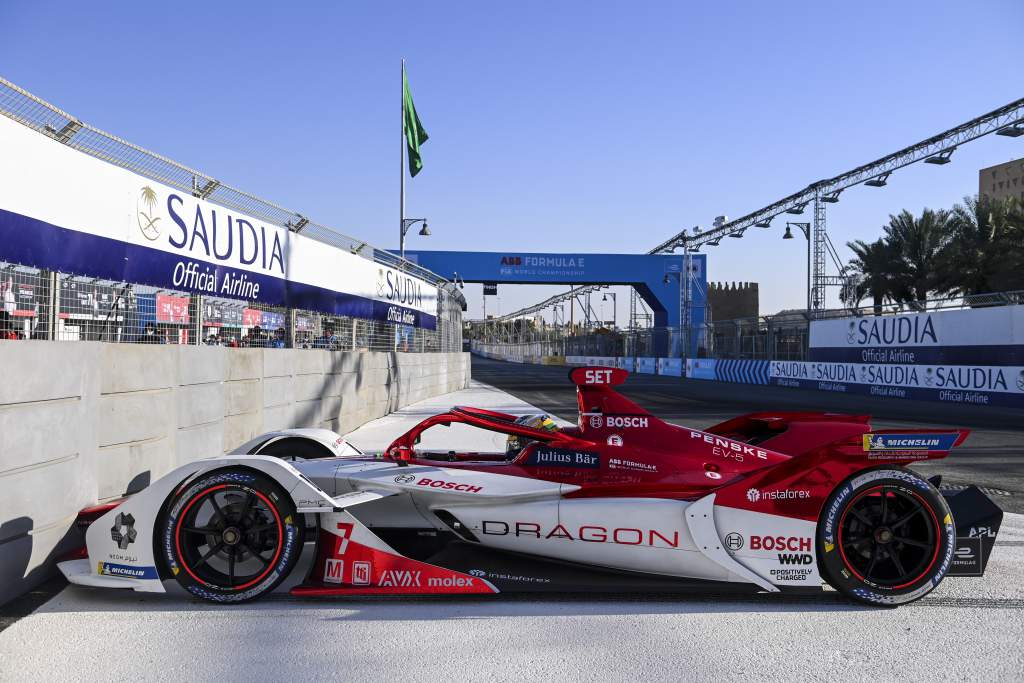In award-winning documentary maker Adam Curtis’ recent dazzling BBC work ‘Can’t Get You Out of My Head’ there is a section that got me thinking about Formula E’s own fondness for managed sporting chaos and turmoil.
At the beginning of the six-part series – billed as ‘an emotional history of the modern world’ – the viewer is initially fed a simple graphic on the screen.
It reads: ‘The ultimate hidden truth of the world is that it is something we make. And could just as easily make differently.’
This is a quote by the American anthropologist David Graeber, who died last September.
Graeber specialised in economic anthropology. But he just happened to be a committed anarchist, too.
In Formula E, anarchy has always been part and parcel of its sporting charm. Whether it be FanBoost or just the natural chaotic nature of dusty, bumpy street-circuit racing, the variable upon variable feel is there to confuse teams, drivers and engineers.
Most love this unpredictability. In fact, Jaguar’s technical chief Phil Charles described it to me last year as “brilliant, because it’s inverting the championship, the race order, the championship order into the race every week and that’s brilliant”.
“I’m a big fan of the qualifying order, even if it does bite you so badly sometimes,” he said.

Recent incidents have shone a mirror on more than just the randomness though, and to a detached observer they haven’t reflected well.
Dig deeper into some teams’ opinions and the thin line between fun chaos and unsporting behaviour is easily breached. These unfair scenarios have in turn swung the light back on to some black holes in the sporting regulations – and they’re still unresolved as Formula E prepares to resume its 2021 season with the coming weekend’s Rome double-header.
The Race has already reported on events around the incident triggered by Sergio Sette Camara in qualifying at Diriyah. The Dragon Penske driver caused double-waved yellow flags to fly in an incident approaching the final corner.
Sette Camara effectively benefitted from this as he was still able to start the race ahead of those he affected by bringing out the caution flags.
The real truth of the matter was that it should have been a red flag. But the race director was left with such little time to react that it became a perfect storm that opened a fissure in a flimsy regulation.
These cracks showed up in article 33.3a of the 2020/21 Formula E sporting regulations, which states that if a red flag is displayed “the driver may repeat the flying lap using the maximum power once the red flag procedure has ended”.
Yet there is no provision for if, as happened in Diriyah, double-waved yellows trigger a similar scenario.
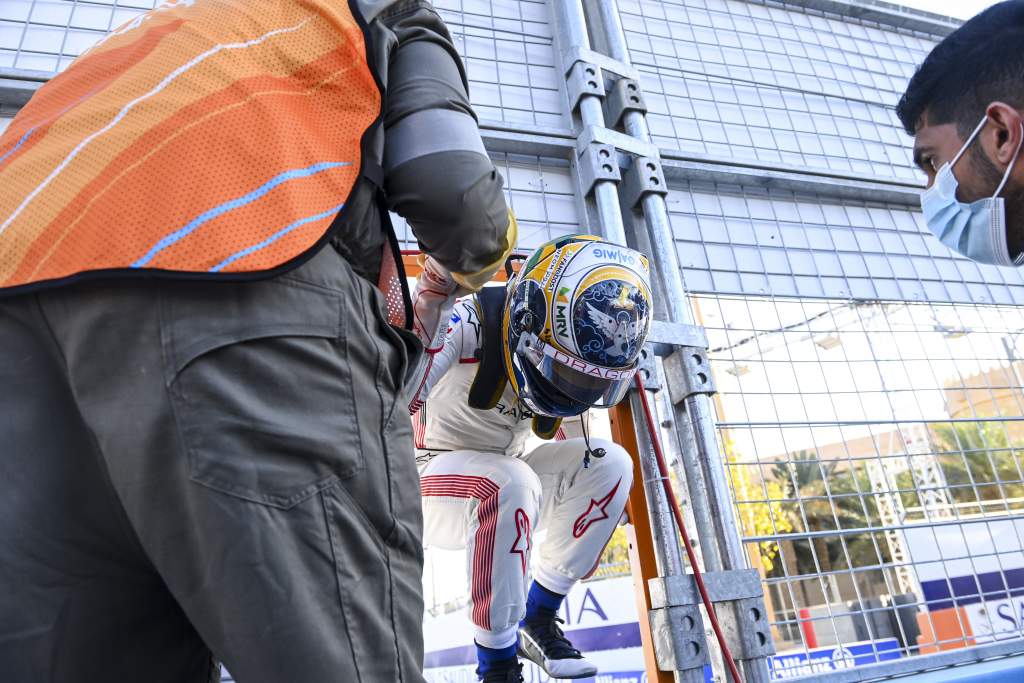
The Race asked the FIA last month whether this was being looked into after the Diriyah incident but the request went without a response.
Then there were the post-race penalties for several drivers for not deploying their remaining attack mode boost before the end of the race.
On this occasion the race was put under a full course yellow with 11 minutes remaining and then red-flagged because of the Alex Lynn/Mitch Evans accident, meaning those who hadn’t deployed all their attack zone boosts before that crash never had chance.
It has been confirmed to The Race by three team principals that this precise scenario was addressed at a Sporting Working Group meeting last year. “What would happen if a race was neutralised and then stopped before a second attack mode had been activated?” was the question put forward.
No answers were forthcoming then, nor now.
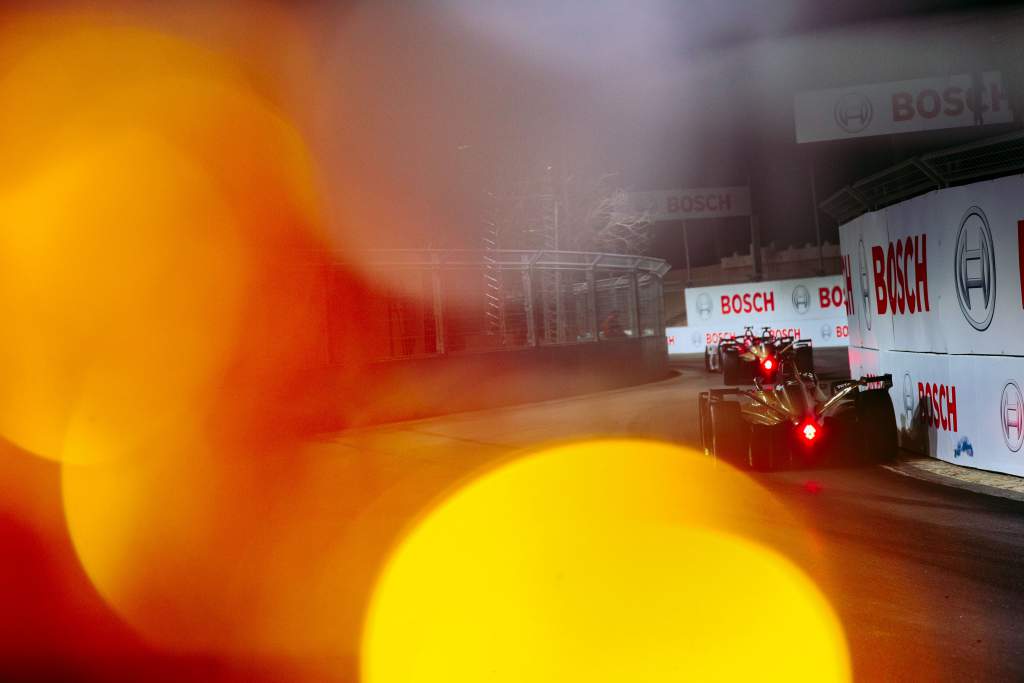
Finally, the scenario that is most likely to occur again soonest. This is the ungainly situation of cars leaving their pit boxes deliberately late to get the best position for the changing track conditions in qualifying.
More often than not this dictates that the last car over the line is likely to get the best laptime because of the quickly-evolving track on some circuits.
Previously when this has gone wrong it has usually been the fault of teams just not leaving enough time margin. Several have been caught out but Jaguar has fallen foul of it the most.
It first cut it too fine at Hong Kong in 2017 when the team made a misjudgement and Mitch Evans was unable to complete his qualifying run. An honest mistake was made there and the team swallowed it.
It then happened to Evans again in Marrakech in March 2020 when he missed the cut-off and was forced to start dead last. Given he’d won a few weeks before that in Mexico, it was a particularly bitter pill this time.
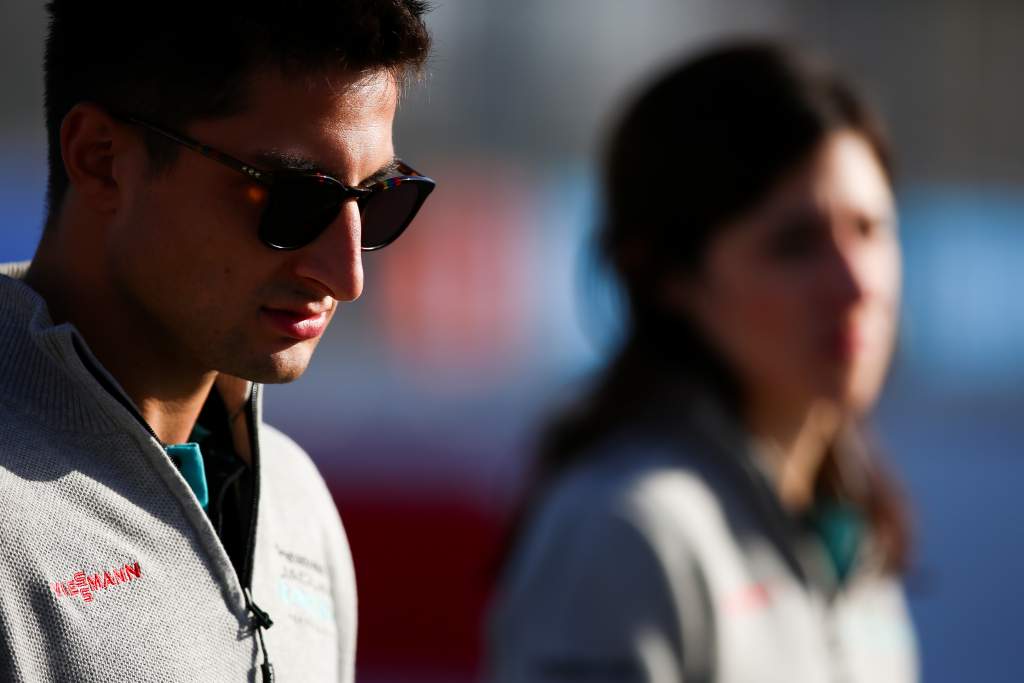
Unbelievably, another such incident happened in Diriyah during the first qualifying group for the second race. But this time the problem for teams such as Jaguar and Audi was their location in the pitlane.
The allocation from exit to entrance reflects the previous season’s points. Therefore champion team DS Techeetah is always the nearest to the pitlane exit.
This means that the higher-ranked teams have a distinct advantage in that they can control when they come out of the pit box, having seen others kick their chocks away.
Remarkably Evans was the first car to leave the garage in his group (group one), with the only other runners being Oliver Rowland, Rene Rast and Pascal Wehrlein, due to the two Mercedes-powered cars of Nyck de Vries and Edoardo Mortara being barred from taking part after the latter’s wince-inducing practice shunt.
Wehrlein chose to do an out-lap and push lap, effectively rendering him the ‘track sweeper’ for the rest of the field.
With the three others in the pits it was simply a question of Nissan (closest to pit exit) watching the others to see when it would let Rowland out.
Jaguar left a 17-second margin over the delta needed to make the chequered flag. As expected, Rowland pulled out in front of Evans and trundled onto the circuit.
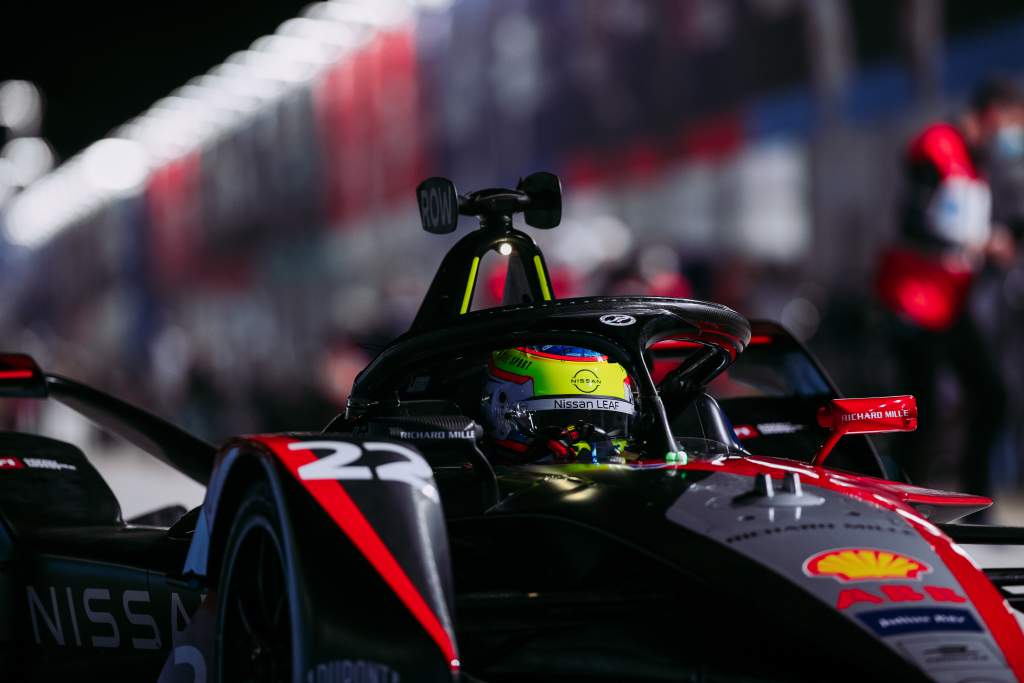
It transpired that Evans lost 11 seconds from his buffer allowance before the first corner. It immediately ratcheted up the tension in the Jaguar pit as it became instantly aware of the game that Nissan e.dams was playing.
This was the equivalent of that infuriating trend in modern football when a team takes the ball to the corner flag and lets the seconds tick down. Exhausting the patience of the opposition and the watching fans, it is all completely within the rules but marginal on the line of sporting manners.
Jaguar and Audi were literally and metaphorically in “no man’s land” now. And the risk averse-strategy that ‘sweeper’ Wehrlein took ultimately netted him a 16th place on the grid.
What were Jaguar and Audi to do? Go as early as possible, don’t leave it to chance and be a second off the pace anyway? Asking Evans or Rene Rast to do that is the equivalent of asking them to be careful and not risk anything at all for one or two positions on the grid.
Rowland, who timed his teeing-up lap to perfection by crossing the line 0.8s before the chequered flag flew, started 13th on the grid but was almost a second faster than the only other car to complete a lap in that group, Wehrlein’s Porsche.
It was a quirk of other happenings that Evans and Rast lined up just two places behind Wehrlein in 18th and 19th (the four non-qualifying Mercedes-powered cars and Andre Lotterer’s mangled Porsche were rooted to the back of the 24 car grid).
But still it left a bitter taste in Jaguar boss James Barclay and Audi chief Allan McNish’s mouths.

McNish avoided direct criticism of Rowland or Nissan but did tell The Race that “strategically, as a team we were not playing that game”.
“I was very uncomfortable and unhappy with what happened in Diriyah qualifying,” he added.
“I didn’t think it was correct at the time, I don’t think it’s correct now and if it happens again in the future my opinion won’t change.”
We have to take McNish’s word for it of course. Importantly though, as a driver who has achieved as much sporting respect as he has trophies in a glittering career, his words should not be doubted.
Yet there are certainly many teams that would do exactly what Nissan did if presented with the same scenarios as in Diriyah.
The bigger picture to all this is that the manufacturers are seeing their well-paid engineers getting tripped up by these regulations and they sure as hell don’t like seeing their own competent people being made to look incompetent.
This is significant because Formula E over the last two or three years has attracted several experienced engineers from Formula 1, the DTM and sportscars. In addition, many young engineers are building fine careers for themselves in a world championship that rewards the talented.
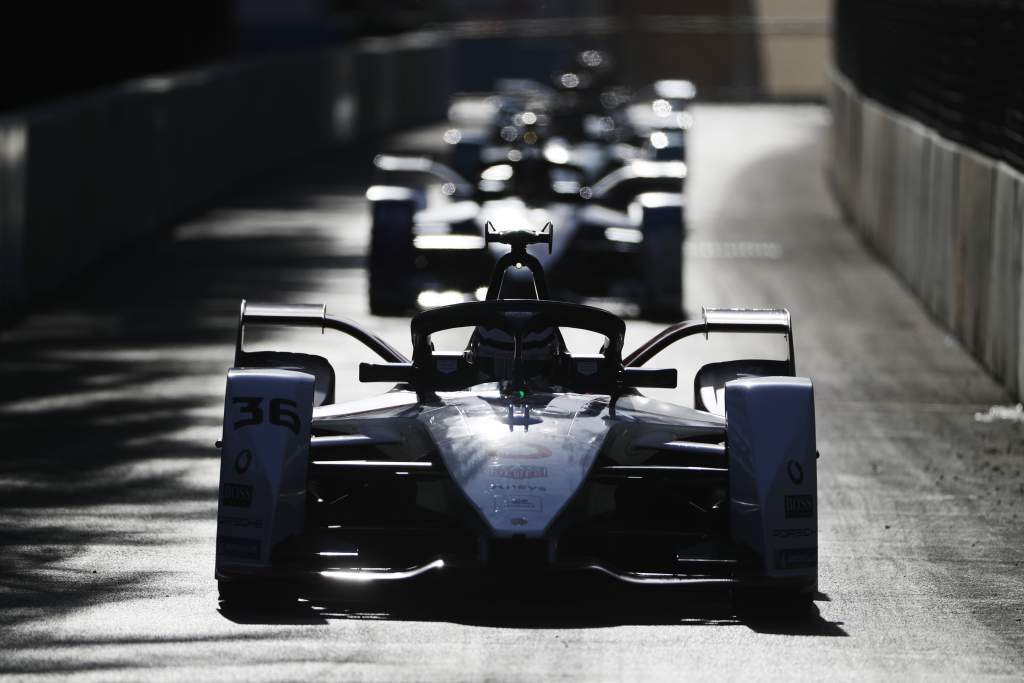
Some teams are known to hold the opinion that with the 24 drivers now so close on pace, largely due to three seasons of rules stability, the present qualifying format based on the points standings has lost its relevance and served its time.
This, though, is from the perspective of a competitor. For the person on the street, the format is a bit confusing, granted, but it produces great racing and unexpected results. Therefore the fans are generally happy once they tune in for the race, which is what takes priority over qualifying.
So it’s the classic see-saw balance that has tested the poise of championships for the last decade and more.
Which way to go? The ultra-regimented and conservative F1 approach or the freestyling touring car-style route?
At the same time Formula E can’t let the manufacturers take control as they did in the DTM for years with the lucky dip and tombola style of win sharing.
Just like David Graeber, Formula E can be anarchic and intellectual at the same time.
But what it can’t be is inattentive when it comes to obvious cavities in the rules that will fester, confuse and mock those they challenge, at a time when it needs to attract new faces and new fans to an ever-broadening EV racing marketplace.


